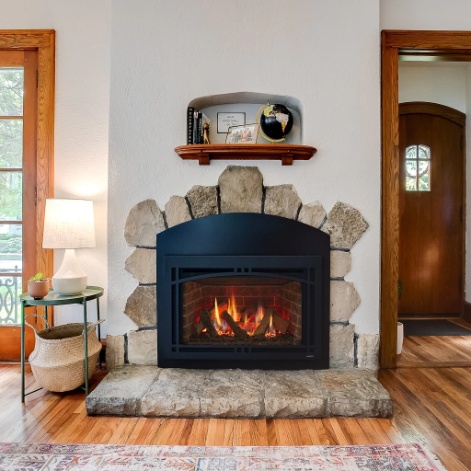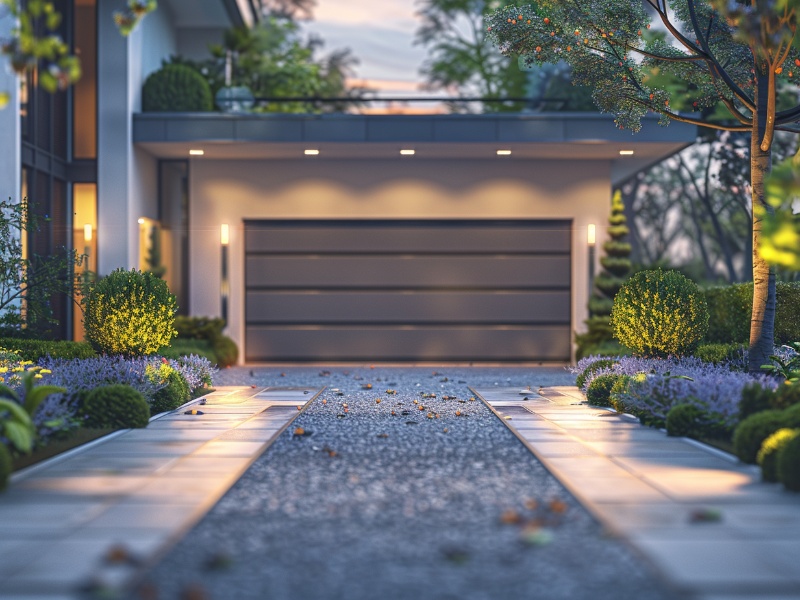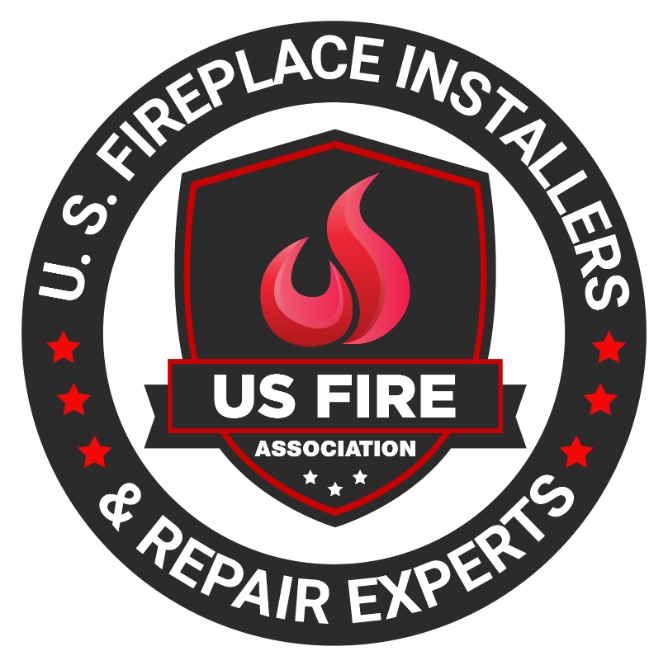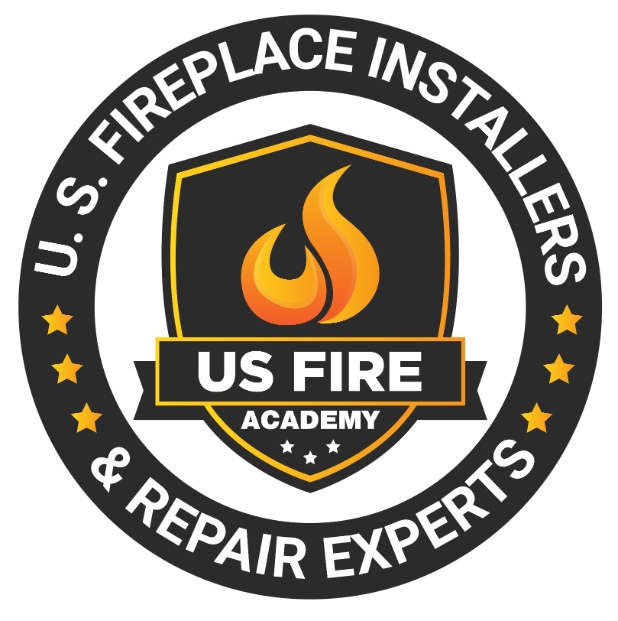Table of Contents
- 1 What Is a Fireplace?
- 2 What Are the Different Types of Fireplaces?
- 3 How Can I Tell If My Fireplace Is Vented or Ventless?
- 4 What Are the Pros and Cons of Vented Fireplaces?
- 5 What Are the Pros and Cons of Ventless Fireplaces?
- 6 Which Type of Fireplace Is Right for Me?
- 7 How Can I Maintain and Clean My Fireplace?
- 8 Contact A Professional
- 9 Frequently Asked Questions
Fireplaces are a cozy and inviting addition to any home. Have you ever wondered if yours is vented or ventless?
We will explore the different types of fireplaces, including vented and ventless options. Additionally, we will discuss how to determine if your fireplace is vented or ventless, highlighting key indicators to look for.
Find out the pros and cons of each type of fireplace to help you decide which one is right for your home. We will also provide tips on how to properly maintain and clean your fireplace for optimal performance.
What Is a Fireplace?
A fireplace is a structure designed to contain a fire for heating and ambiance purposes within a home or building.
Throughout history, fireplaces have played a vital role in providing warmth and creating a cozy atmosphere in residences. Dating back to ancient times, fireplaces were essential for cooking, heating water, and offering a gathering space for families.
As technology advanced, fireplaces evolved from traditional wood-burning ones to include gas and electric options. In modern times, fireplaces not only serve a functional purpose but are also considered a luxurious addition to a home’s decor.
Ensuring safety standards is crucial when using fireplaces, including regular maintenance, proper ventilation, and monitoring indoor air quality to prevent any health hazards.
What Are the Different Types of Fireplaces?
Fireplaces come in various types, including vented fireplaces that require a chimney or vent system and ventless fireplaces that operate without external venting.
Vented fireplaces, known for their traditional look and feel, are typically fueled by wood or gas and offer higher heat output compared to ventless options. They require regular maintenance of the chimney to avoid potential hazards like creosote buildup.
On the other hand, ventless fireplaces, which utilize natural gas or propane, are favored for their energy efficiency and easy installation process. Nevertheless, safety concerns regarding indoor air quality and moisture accumulation must be carefully considered when opting for a ventless design.
Vented Fireplaces
Vented fireplaces are traditional models that utilize a chimney or vent system to expel exhaust gases and ensure proper ventilation during combustion.
The chimney plays a crucial role in guiding the smoke and gases produced by the fire out of the house, maintaining indoor air quality. Gas logs are often used in vented fireplaces to provide a realistic flame appearance without the hassle of traditional wood-burning fires.
Safety measures such as installing carbon monoxide detectors and keeping flues clear of debris are essential to ensure the proper functioning of vented fireplace systems. Regular maintenance of the flue, including inspections for blockages and creosote buildup, is vital in preventing chimney fires and ensuring safe operation.
Ventless Fireplaces
Ventless fireplaces, also known as vent-free systems, operate without external venting, relying on air exchange within the room for proper combustion and heat output.
These innovative fireplaces are designed to burn efficiently and provide warmth without the need for a chimney or flue. Proper installation is crucial to ensure safe operation. It is important to follow manufacturer guidelines for placement and clearance to combustible materials.
Regular maintenance and inspection by a qualified technician are recommended to uphold safety standards. While ventless fireplaces can be a convenient heating option, it is essential to be mindful of indoor air quality. Adequate ventilation in the room is necessary to prevent the build-up of combustion byproducts, such as carbon monoxide, which can impact air quality and pose health risks.
How Can I Tell If My Fireplace Is Vented or Ventless?
Determining whether your fireplace is vented or ventless can be done through several indicators such as the presence of a chimney, vent pipes, gas line, flue, or consulting the installation manual.
Vented fireplaces typically have a chimney or vent pipe that extends through the roof, allowing for the release of combustion byproducts outside. In contrast, ventless fireplaces do not require a chimney or external venting.
Another way to differentiate them is by examining the fuel type used – vented fireplaces often run on natural gas or propane, while ventless ones can operate on bioethanol or electricity.
Safety considerations include ensuring proper ventilation for vented fireplaces to prevent carbon monoxide buildup and following manufacturer’s guidelines for installation and maintenance.
Check for a Chimney
One way to determine if your fireplace is vented is by checking for the presence of a chimney, which is a common feature in vented fireplace systems.
Chimneys play a critical role in vented fireplaces by ensuring proper ventilation. They serve as a conduit for smoke, gases, and byproducts of combustion to safely exit the home, preventing the buildup of harmful substances indoors. This distinction comes from vented fireplaces releasing emissions outside, unlike ventless options, which release emissions directly into the room.
Regular chimney inspection is essential to ensure that the structure is functioning efficiently and safely. Neglecting chimney maintenance can lead to potential fire hazards and carbon monoxide exposure, underscoring the significance of fireplace safety protocols.
Look for Vent Pipes
Vent pipes are a key component of vented fireplaces, allowing the expulsion of exhaust gases and maintaining proper ventilation during fireplace operation.
These pipes facilitate the safe release of combustion byproducts, such as carbon monoxide and moisture, outside the home. By efficiently venting these gases, vent pipes help ensure indoor air quality and reduce the risk of potential health hazards.
In contrast to ventless fireplace designs that don’t require vent pipes, vented fireplaces offer a more controlled combustion process, optimizing efficiency and minimizing the accumulation of harmful substances inside the living space.
Proper installation and maintenance of vent pipes are vital for the safe and effective operation of vented fireplaces.
Check for a Gas Line
Inspecting the presence of a gas line near your fireplace can indicate whether it operates on natural gas or propane, influencing its venting requirements.
This distinction between natural gas and propane is crucial, as each fuel type has specific safety considerations. For instance, a professional must always install natural gas to ensure proper ventilation and prevent leaks. On the other hand, propane fireplaces may require additional ventilation options due to the nature of propane combustion. Understanding these differences can help homeowners make informed decisions when selecting a gas-burning appliance for their space, prioritizing both functionality and safety.
Look for a Flue
The presence of a flue in a fireplace system indicates a vented configuration, as the flue serves to channel exhaust gases out of the home and maintain proper ventilation.
This crucial component plays a pivotal role in ensuring the efficient operation of the fireplace by facilitating the escape of smoke, fumes, and other combustion byproducts. By creating a clear pathway for these potentially harmful substances to exit the living space, the flue helps to protect indoor air quality and reduce the risk of exposure to carbon monoxide and other toxic gases. The design of the flue contributes to the overall safety of the fireplace system, preventing the buildup of dangerous heat and ensuring optimal combustion efficiency.
Check the Installation Manual
Referring to the fireplace installation manual can offer insights into your fireplace’s vented or ventless status, detailing the specific requirements for proper operation and safety compliance.
These manuals offer valuable guidance on the necessary clearance distances around the fireplace, ensuring that it meets regulatory requirements and functions efficiently. They often include essential maintenance instructions to keep your fireplace in optimal condition.
By consulting the manual, you can also determine the recommended fuel type for your fireplace, helping you maximize its performance while adhering to safety standards. Understanding these key aspects not only enhances the lifespan of your fireplace but also promotes a safe and enjoyable experience for you and your household.
What Are the Pros and Cons of Vented Fireplaces?
Vented fireplaces offer efficient heating, aesthetic appeal, and comply with safety standards, but they may require more complex installations and have limitations in heat output.
While vented fireplaces excel in energy efficiency, providing warmth and ambiance with their efficient use of fuel, the design options available in the market cater to a range of decor preferences, from traditional to modern styles.
The adherence to safety regulations ensures peace of mind for homeowners. It’s important to note that due to their venting requirements, these fireplaces can be more challenging to install compared to vent-free models.
Also, their heat output might not be as high, making them ideal for supplemental heating rather than primary heating sources.
Pros of Vented Fireplaces
The advantages of vented fireplaces include high heat output, realistic flames, and a traditional aesthetic that enhances the ambiance of a room.
The warmth emanating from a vented fireplace creates a cozy atmosphere that is perfect for cold winter evenings. The flickering flames not only provide visual comfort but also serve as a focal point in any living space. The compatibility of vented fireplaces with traditional home designs allows for seamless integration with classic mantels and decor, adding a touch of elegance and charm to the room. These fireplaces are not only aesthetically pleasing but also efficient in heating, making them a practical and stylish choice for any homeowner.
Cons of Vented Fireplaces
Drawbacks of vented fireplaces include the need for professional installation, regular maintenance, and adherence to safety standards to prevent hazards like carbon monoxide exposure.
Opting for a vented fireplace not only requires skilled professionals to ensure proper installation but also demands consistent upkeep. Maintenance tasks like chimney sweep services are vital to prevent blockages that could lead to hazardous situations. The use of vented fireplaces necessitates strict adherence to safety precautions to mitigate risks of carbon monoxide poisoning. Ensuring fuel efficiency in these fireplaces is crucial, as proper ventilation systems play a key role in maximizing heating effectiveness while minimizing environmental impact.
What Are the Pros and Cons of Ventless Fireplaces?
Ventless fireplaces offer easy installation, high fuel efficiency, and heat circulation, but they raise concerns about indoor air quality, ventilation, and potential safety risks.
One of the main advantages of ventless fireplaces is their convenient installation process, allowing homeowners to enjoy the warmth and ambiance without the need for extensive renovations or venting systems. These fireplaces maximize heat output from the fuel source, making them a cost-effective heating option in terms of fuel efficiency. Their ability to provide consistent indoor heating is a significant benefit, especially in colder climates where maintaining a comfortable temperature is essential. Due to the lack of ventilation, there are legitimate concerns about indoor air quality and potential safety hazards associated with combustion in enclosed spaces.
Pros of Ventless Fireplaces
The benefits of ventless fireplaces include simplified installation, high heat output, and flexibility in placement due to not requiring external venting.
With ventless gas logs, homeowners can enjoy the convenience of quick and easy setup without the need for a chimney or flue. These efficient heating solutions are perfect for enhancing the ambiance of any living space while providing a cost-effective alternative to traditional fireplace options.
Ventless fireplaces offer versatile placement options, allowing individuals to enjoy the warmth and beauty of a cozy fire in various rooms throughout their home. Vented inserts provide a seamless integration into existing decor, contributing to the overall appeal of a home improvement project.
Cons of Ventless Fireplaces
Disadvantages of ventless fireplaces include concerns about indoor air quality, and potential carbon monoxide risks. In addition, they include the need for proper ventilation to maintain safe air exchange.
Improper installation or malfunction of ventless fireplaces can lead to the buildup of harmful gases like carbon monoxide. Carbon monoxide is colorless and odorless, making it difficult to detect without a carbon monoxide detector. Without a vent, there is a greater risk of these gases lingering and posing a serious health hazard. This is because the gases are not being directed outside.
This highlights the importance of following home safety standards. These include regular maintenance checks and having appropriate ventilation systems in place. As a consequence, these safety standards safeguard against potential dangers.
Which Type of Fireplace Is Right for Me?
Determining the right fireplace type for your needs depends on numerous factors. These factors include fuel availability, heating efficiency, safety considerations, and aesthetic preferences.
When you consider fuel options, natural gas or propane typically powers vented fireplaces, offering a consistent and convenient fuel source. In contrast, ventless fireplaces can use alternative sources like ethanol or electricity.
Vented fireplaces produce more heat, making them ideal for larger spaces. On the other hand, ventless options, being more energy-efficient, easily fit into smaller rooms.
If you’re concerned about indoor air quality, you’ll prefer vented fireplaces because they vent combustion byproducts outside. On the other hand, ventless fireplaces stand out for their eco-friendly operation and versatility in placement. This is due to the fact that they don’t require a chimney or venting system.
How Can I Maintain and Clean My Fireplace?
Regular maintenance of your fireplace involves tasks such as cleaning the firebox, inspecting the chimney, and scheduling professional evaluations. This ensures proper operation and safety.
These routines are vital to maintaining a safe and efficient fireplace in your home. Chimney cleaning helps prevent dangerous build-up of creosote, a flammable substance that can lead to chimney fires. Professional inspections ensure that your fireplace meets safety standards and ventilation requirements.
It is crucial to adhere to code compliance for fireplaces. This is because proper ventilation and maintenance not only enhance the functionality of your fireplace. They also contribute to overall home safety. Neglecting these maintenance tasks could pose serious risks to your household.
Contact A Professional
Still need help? Dreifuss Fireplaces is here for you. They are your local fireplace experts. Contact Dreifuss today for all of your fireplace needs!
Frequently Asked Questions
1. How do I know if my fireplace is vented or ventless?
Check for a chimney, vent pipes, a gas line, or a flue to determine if you have a vented fireplace. Vented fireplaces have one of these to expel gases outside. No chimney or vent means it’s likely ventless. Checking the installation manual also helps.
2. What are the different types of fireplaces?
Fireplaces come in two types: vented and ventless. Vented ones need a chimney or vent to the outside, offering traditional warmth and ambiance. Ventless fireplaces don’t require external venting, providing efficient heating but with considerations for indoor air quality.
3. What are the pros and cons of vented fireplaces?
Vented fireplaces give high heat and realistic flames, fitting well with traditional decor. However, they need professional installation and regular chimney maintenance to prevent hazards like carbon monoxide poisoning.
4. What are the pros and cons of ventless fireplaces?
Ventless fireplaces are easy to install and highly efficient, offering flexibility in placement. But, they raise concerns about indoor air quality and require proper room ventilation to mitigate risks like carbon monoxide buildup.
5. Which type of fireplace is right for me?
Choosing the right fireplace depends on your fuel preference, need for heating efficiency, safety concerns, and design style. Vented fireplaces are good for heat and aesthetics but need a chimney. Ventless options offer ease and efficiency, ideal for smaller, well-ventilated spaces.
6. How can I maintain and clean my fireplace?
Maintain your fireplace by cleaning the firebox, inspecting the chimney, and getting professional checks. This ensures safety, prevents buildup of harmful substances, and keeps the fireplace working efficiently. Regular maintenance is key to a safe and warm home.
Latest Articles

What Is An NG (Natural Gas) Indicator And Why You Need It For Your Fireplace
Table of Contents1 Understanding Natural Gas Fireplaces2 What is an NG Indicator?3 Importance of NG Indicators for Safety4 Types of NG Indicators5 Installation and Maintenance of NG Indicators6 Signs of a Faulty NG Indicator7 Frequently Asked Questions Natural gas fireplaces are a favored option among numerous homeowners due to their convenience and effectiveness. But, what is an NG (Natural Gas) indicator and why you need it for your fireplace? It is imperative to comprehend how they function and the significance of having an NG (Natural Gas) indicator for safety purposes. This article delves into the definition and significance of NG indicators. We will discuss the potential hazards associated with the absence of one and the various types of indicators accessible. Also, we will discuss installation and maintenance recommendations, and methods to recognize and rectify issues with malfunctioning indicators. Stay well-informed and ensure the safety of your home by referring to this exhaustive guide. Understanding Natural Gas Fireplaces Natural gas fireplaces serve as an efficient and convenient heating option for numerous households. They utilize natural gas as a fuel source to deliver consistent warmth and ambiance. How They Work and Why They Need NG Indicators The operation of natural gas fireplaces involves igniting natural gas to generate heat. This process requires diligent monitoring to ensure both safety and efficiency, a task facilitated by the use of NG indicators. NG indicators play a critical role in detecting potential gas leaks. They enable residents to promptly address and mitigate any associated hazards. Through continuous monitoring of gas levels and providing timely warnings and alerts, NG indicators uphold a secure indoor environment. It is imperative to ensure that these indicators function properly to facilitate the effective operation of natural gas fireplaces. This helps mitigate the inherent risks linked to gas leaks. What is an NG Indicator? An NG indicator is a specialized device equipped with advanced sensors and technology. It is specifically designed to detect natural gas leaks and monitor gas pressure in appliances, such as fireplaces. Definition and Purpose The NG indicator functions as a detector that monitors gas appliances for potential leaks. It provides essential functionality to ensure safety in households utilizing natural gas. These detectors play a crucial role in protecting residences by notifying occupants of dangerous gas leaks long before they escalate into perilous situations. Through continuous monitoring of gas levels in the vicinity, NG indicators offer an additional layer of protection. This is particularly important in properties that rely on gas-operated fireplaces or stoves. These devices not only help avert potential disasters but also enhance the overall peace of mind of homeowners. They assure them that their living spaces are equipped with reliable safety features. Importance of NG Indicators for Safety Natural gas indicators are essential for maintaining safety in households equipped with natural gas appliances. These devices serve as a proactive measure to promptly detect gas leaks. This offers homeowners a sense of security and assurance. Potential Dangers of Not Having an NG Indicator The absence of an NG indicator in residences equipped with natural gas appliances can pose significant hazards. This includes the risk of undetected gas leaks , carbon monoxide poisoning , and pilot outages that may lead to dangerous situations. These potential risks can profoundly impact indoor air quality. They directly influence the health and safety of individuals residing in the household. Undetected gas leaks can go unnoticed, gradually permeating the air and creating a potentially explosive environment. Insufficient ventilation from undetected exposure to carbon monoxide can lead to serious health complications. These range from mild symptoms such as dizziness to fatal poisoning. Without proper monitoring from an NG indicator, families are left susceptible to these concealed threats. This underscores the critical importance of implementing proactive measures to mitigate such risks. Types of NG Indicators Indicators for Natural Gas (NG) are available in diverse types. Each presents distinct detection capabilities tailored to specific requirements, encompassing both manual and automated alternatives. Manual vs. Automatic Indicators Manual NG indicators require user intervention for monitoring gas levels and identifying leaks. On the other hand, automatic indicators employ sophisticated technology to deliver continuous, real-time monitoring. This heightened efficiency and oversight enhance safety protocols. Conventional manual indicators rely on individuals to physically inspect and evaluate gas levels periodically. This renders them more susceptible to human errors. Conversely, automatic indicators feature sensors capable of promptly detecting even the most minute fluctuations in gas levels. This establishes a more dependable and precise monitoring mechanism. Automatic indicators can activate alerts and shut-off systems upon detecting a leak. This ensures immediate action to avert potential hazards. This advanced technology enhances safety protocols and instills a sense of command and assurance among users. Installation and Maintenance of NG Indicators The reliable and accurate performance of NG indicators necessitates proper installation and consistent maintenance. This often entails professional installation and adherence to recommended service guidelines. Proper Installation and Regular Maintenance Tips The proper installation of NG indicators involves adhering to the specifications in the user manual. Maintenance protocols entail strict adherence to a predetermined maintenance schedule to ensure sustained operational efficiency. During the installation phase, it is imperative to verify that the NG indicators are securely affixed in the designated location as stipulated by the manufacturer. Crucial steps include confirming power source compatibility and ensuring proper grounding of the device to optimize performance. Calibration of the indicator must be executed meticulously to ensure precise readings. Regarding maintenance, essential practices include regular inspection for signs of wear, thorough cleaning of the indicator components, and routine functionality tests. By allocating time to a consistent maintenance regimen, the NG indicator can operate with optimal efficiency over an extended duration. Signs of a Faulty NG Indicator Recognizing indicators of a malfunctioning NG indicator is essential for upholding safety and performance standards. Inaccuracies and detection issues can undermine the efficacy of these devices. Identifying and Addressing Issues The process of identifying and addressing issues related to NG (natural gas) indicators requires a systematic troubleshooting approach. This ensures their optimal performance

What You Need To Know About Gas Log Set Safety And Installation Considerations
Table of Contents1 Understanding Gas Log Sets2 Safety Considerations for Gas Log Sets3 Installation Guidelines for Gas Log Sets4 Maintaining and Troubleshooting Gas Log Sets5 Frequently Asked Questions Gas log sets are a favored option among homeowners seeking to enjoy the comfort and atmosphere of a conventional fireplace without the inconvenience of wood. This article tells you what you need to know about gas log set safety and installation considerations. Before incorporating one into your residence, it is imperative to understand the safety considerations associated with their use. This discussion delves into the potential hazards linked with gas log sets. It presents crucial precautions to uphold the safety of your home. Also, it outlines proper installation procedures and offers insight into common errors to avoid. Finally, it provides advice on maintenance and troubleshooting. Gain comprehensive knowledge on gas log set safety and installation considerations. Understanding Gas Log Sets Comprehending gas log sets is essential for individuals seeking to elevate their fireplace experience, and for gas lag set safety and installation. These heating appliances can operate on either natural gas or propane. In addition, they are available in a range of styles, including vented, ventless, and vent-free options. They provide an array of benefits and customization opportunities through various fireplace accessories. What are Gas Log Sets? Gas log sets are meticulously crafted artificial logs. They are designed to imitate the appearance and functionality of authentic wood logs within fireplaces. These gas log sets typically consist of ceramic or refractory concrete logs that have been skillfully molded and painted. This allows them to replicate the natural grain and texture of real wood. The logs are arranged in various configurations within the fireplace. They establish a realistic and welcoming ambiance. In addition to the logs, gas log sets often include fireplace accessories such as glowing embers. Accessories also include decorative stones, and even pine cones to enhance the overall aesthetic appeal. Homeowners can select from an array of placement options. These include traditional wood stack, cascading driftwood, or a contemporary geometric arrangement. Homeowners can align their preferred style and design preferences. Safety Considerations for Gas Log Sets Safety considerations for gas log sets are of utmost importance to guarantee a secure and pleasant fireplace experience. It is essential to address potential hazards such as carbon monoxide exposure, gas leaks, and fire safety to maintain a safe environment for homeowners. Potential Hazards and Precautions Gas log sets come with potential hazards that must be taken seriously, including the risks of gas leaks, carbon monoxide poisoning, and fire incidents. It is imperative to establish and adhere to rigorous safety measures to ensure the well-being of individuals and properties involved in the use of gas log sets. Gas leaks represent a significant hazard when utilizing gas log sets. They can result in the accumulation of combustible gas within the premises, heightening the possibility of explosions or fires. Carbon monoxide, an insidious gas generated during incomplete combustion, poses a grave threat due to its colorless and odorless nature, making it undetectable without proper monitoring. To address these risks effectively, it is vital to install carbon monoxide detectors and gas leak sensors in the vicinity of the gas logs. Routine maintenance checks on the gas log system, including cleaning and inspection procedures, are critical to ensure safe operations and the prompt identification of potential issues. In case of a gas leak or suspected presence of carbon monoxide, immediate evacuation of the affected area is paramount, followed by prompt contact with emergency services. Recognizing the distinct odor of rotten eggs associated with natural gas can serve as an early warning sign, prompting swift actions to avert any potential accidents. Installation Guidelines for Gas Log Sets The installation of a gas log set necessitates meticulous planning and strict adherence to specific guidelines. This includes verifying a secure gas connection, ensuring proper gas lines are in place, and complying with local building codes. Often, the complexity of these requirements may require the expertise of a certified technician. Proper Installation Techniques The appropriate installation procedures for gas log sets involve the secure connection of gas lines, meticulous adherence to installation manuals, and strict compliance with local building codes. It is imperative to prioritize the guarantee of secure gas connections to avert leaks and potential safety hazards. During the installation of gas log sets, utilizing suitable sealants and fittings is essential to establish a tightly sealed connection. The correct installation of gas lines is critical for both the safety and operational efficacy of the gas log set. Reference to the installation manual is highly advisable for detailed, step-by-step guidance to prevent inaccuracies and ensure the successful establishment of the gas log set. Consistently adhering to building codes and regulations upholds safety standards. Seeking guidance and confirmation from a certified technician before and after installation can offer invaluable support and assurance throughout the process. Common Installation Mistakes to Avoid It is imperative to avoid common installation errors to ensure the secure and effective operation of gas log sets. This includes verifying proper gas connections and compliance with building codes. Improper gas connections can result in leaks and potential hazards, underscoring the importance of verifying the tightness and correct alignment of all fittings. Failure to adhere to building codes can lead to structural complications, penalties for non-compliance, or even safety concerns. To prevent these oversights, it is advised to consult the manufacturer’s installation guidelines and strictly adhere to local regulations. Engaging a certified technician for the installation of gas log sets guarantees that the procedure is carried out accurately and securely. This provides assurance that the system is functioning as intended. Maintaining and Troubleshooting Gas Log Sets Regular maintenance and troubleshooting of gas log sets are imperative to uphold their optimal performance and safety. This includes thorough examination of the pilot light, pilot assembly, and other gas appliances to preserve heating efficiency and promptly resolve any arising issues. Tips for Maintenance and Repair Ensuring the proper maintenance of your gas log set necessitates conducting

Key Considerations For Using Compressed Liquid Propane In Fireplace Installation
Table of Contents1 What is Compressed Liquid Propane?2 Benefits of Using Compressed Liquid Propane in Fireplaces3 Safety Precautions for Installing Compressed Liquid Propane Fireplaces4 Installation Process for Compressed Liquid Propane Fireplaces5 Maintenance and Care for Compressed Liquid Propane Fireplaces6 Alternative Fuel Options for Fireplaces7 Frequently Asked Questions If you are contemplating the use of compressed liquid propane in your fireplace installation, this discussion will delve into the advantages of adopting this alternative fuel option. These benefits include enhanced efficiency, cost savings, and important safety precautions to consider. Furthermore, a detailed step-by-step guide on the installation process will be provided, along with recommendations for maintenance and care. A comparison of various fuel options for fireplaces will also be conducted to assist you in making an informed decision. We encourage you to stay engaged to gain insights into optimizing your fireplace’s capabilities with compressed liquid propane. What is Compressed Liquid Propane? Compressed Liquid Propane is a versatile energy source contained in a high-pressure propane tank. It finds extensive utility in both residential and commercial settings, prominently including fireplaces. Recognized for its convenience and efficiency, Compressed Liquid Propane emerges as a favored option for heating residential spaces and facilitating culinary pursuits across various environments. Additionally, it serves as a viable fuel substitute in vehicular contexts, portable cooktops, and outdoor grilling scenarios due to its propensity for clean combustion. The attribute of portability, coupled with ease of storage, positions Compressed Liquid Propane as an optimal energy source for individuals residing off the conventional grid. It is also great for engaging in outdoor activities such as camping and recreational vehicle (RV) travel. Moreover, the high energy density inherent to Compressed Liquid Propane renders it a dependable choice for sustaining generators during instances of power disruptions. Benefits of Using Compressed Liquid Propane in Fireplaces Utilizing Compressed Liquid Propane for fireplace installation presents several benefits. These include enhanced fuel efficiency, convenience, cost-effectiveness, and a favorable environmental footprint. These attributes render it a recommended option for heating solutions, applicable to both on-grid and off-grid settings. Efficiency and Cost Savings The utilization of Compressed Liquid Propane in fireplaces offers significant advantages, notably in terms of high fuel efficiency and cost-effectiveness. These attributes are underscored by the exceptional BTU rating and overall heating efficiency of Compressed Liquid Propane. The elevated fuel efficiency exhibited by Compressed Liquid Propane fireplaces necessitates less fuel to generate the same level of heat compared to traditional wood-burning fireplaces or electric heating systems. Consequently, homeowners can realize cost savings on their heating expenditures over an extended period. Moreover, the clean-burning characteristics of propane minimize maintenance costs linked to soot and ash cleanup. This further enhances the cost-effectiveness of employing propane fireplaces. Safety Precautions for Installing Compressed Liquid Propane Fireplaces Ensuring safety is of utmost importance during the installation of Compressed Liquid Propane fireplaces. This requires strict adherence to safety regulations, meticulous attention to proper ventilation requirements, careful control of ignition sources, and the incorporation of carbon monoxide and gas leak detection systems. Important Safety Measures Essential safety protocols for the installation of Compressed Liquid Propane fireplaces encompass adherence to fire safety regulations. Engaging in professional assessments and employing sophisticated gas leak and carbon monoxide detection mechanisms is crucial. Professional evaluations play a critical role in identifying any prospective hazards or irregularities within the fireplace infrastructure. These assessments are vital in ensuring the operational integrity of all components and compliance with safety protocols. Routine inspections serve to forestall potential fire incidents, gas discharges, or carbon monoxide emissions that could pose significant threats to both the property and individuals in the vicinity. The utilization of advanced gas leak and carbon monoxide detection systems serves as an additional safeguard by promptly notifying occupants of any elevated levels of these hazardous gases. Installation Process for Compressed Liquid Propane Fireplaces The installation procedure for Compressed Liquid Propane fireplaces encompasses several critical steps. These include: Adhering to installation guidelines Correctly positioning the propane tank Ensuring precise gas line installation Optimizing heat output Monitoring pressure regulation Establishing the pilot light Step-by-Step Guide The installation process of Compressed Liquid Propane fireplaces involves a systematic approach. This begins with the construction of the firebox, followed by the installation of the gas control valve, setup of the ignition system, design of the flue, and verification of a suitable combustion air supply. The construction of the firebox assumes critical importance as it serves as the foundation of the fireplace structure. It securely holds the combustible materials in place. Subsequently, the gas control valve plays a key role in managing the propane flow, guaranteeing safe and efficient operation. The installation of the ignition system facilitates convenient and reliable fire initiation. Designing the flue is a necessary step to direct exhaust gases outside, thus preventing their accumulation indoors. Moreover, ensuring a proper combustion air supply is essential to sustain optimal burning conditions and enhance fuel consumption efficiency. Each component contributes significantly to the functionality and safety of the fireplace installation process. This underscores the importance of meticulous attention to detail and adherence to established protocols. Maintenance and Care for Compressed Liquid Propane Fireplaces Consistent maintenance and attention to Compressed Liquid Propane fireplaces are imperative to guarantee their optimal functionality. This includes adherence to prescribed maintenance protocols, regular chimney upkeep, prevention of soot accumulation, and scheduling of routine propane deliveries and professional inspections. Tips for Keeping Your Fireplace in Good Condition For the maintenance of your Compressed Liquid Propane fireplace, it is essential to conduct regular checks on ignition sources. Monitor flame appearance, clean the gas burner and pilot assembly, and verify the correct operation of the safety shut-off valve. The inspection of ignition sources requires a detailed examination of the electronic igniter. This helps identify any signs of damage or corrosion and ensures proper sparking upon activation. Monitoring flame appearance involves observing a consistent blue flame with minimal flickering, which signifies efficient combustion. Cleaning the gas burner and pilot assembly can be performed using a soft brush or compressed air to eliminate any dirt or debris that may
